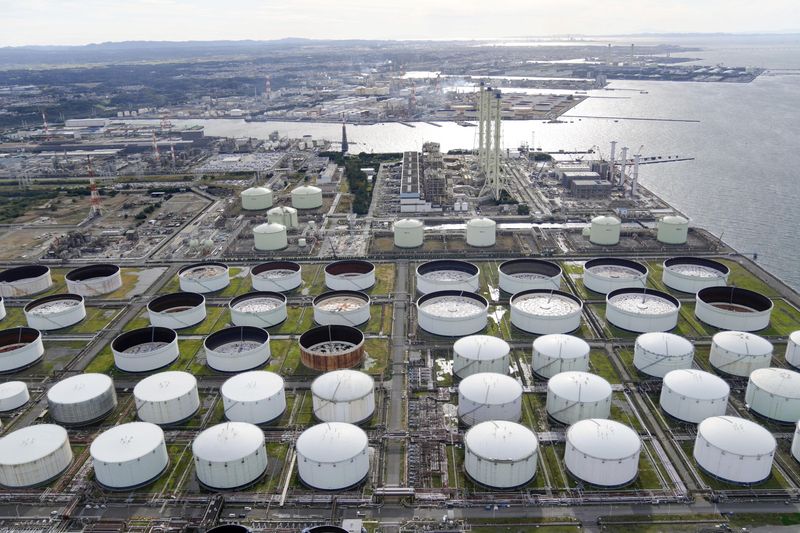
04 Oct Oil falls $1 on demand fears, Saudi confirms cuts to year-end
Oil fell on Wednesday, as Saudi Arabia’s announcement to continue crude output cuts to the end of 2023 was offset by demand fears stemming from macroeconomic headwinds.
Brent crude oil futures were down 58 cents, or 0.64%, to $90.34 a barrel at 0841 GMT, while U.S. West Texas Intermediate crude (WTI) fell 66 cents, or 0.74%, to $88.57 per barrel.
Both contracts traded more than $1 lower than Tuesday’s settlement price at their intraday nadir on Wednesday, with Brent falling to $89.83 a barrel, and WTI to $88.11 a barrel.
Oil prices remain under pressure from demand fears driven by macroeconomic headwinds.
“Oil prices are resuming their decline amid concerns over high interest rates for longer, hurting the demand outlook and as investors look ahead to the OPEC meeting”, said Fiona Cincotta, analyst at City Index.
Saudi Arabia’s energy ministry confirmed on Wednesday it will continue its voluntary 1 million barrel per day (bpd) crude supply cut until the end of this year.
Russia said it will continue its current 300,000 bpd crude export cuts until the end of the year, and will review its voluntary 500,000 bpd output cut, set back in April, in November.
Russia was also discussing partial permission for fuel exports “at all levels”, state-run TASS agency reported on Wednesday, citing Russian Energy Minister Nikolai Shulginov.
Russia could be ready to ease its diesel ban in coming days, according to a daily Kommersant report on Wednesday citing unidentified sources.
A strong U.S. dollar could also be weighing on investor sentiment.
The current dollar strength is “a rally that will continue to haunt all markets including oil, even when, as is now, there is a compelling fundamental backdrop,” PVM analyst John Evans said.
As the trade currency of oil, a strong dollar makes oil comparatively expensive for holders of other currencies, which can dampen demand.
Elsewhere, latest purchasing managers’ index data (PMI) showed a score of 47.2 in September for the euro zone, edging higher from 46.7 in August. Anything below 50 implies economic contraction.


Sorry, the comment form is closed at this time.